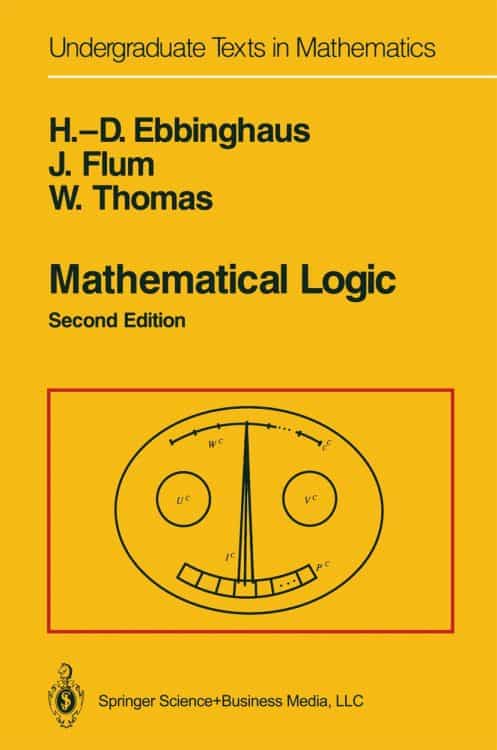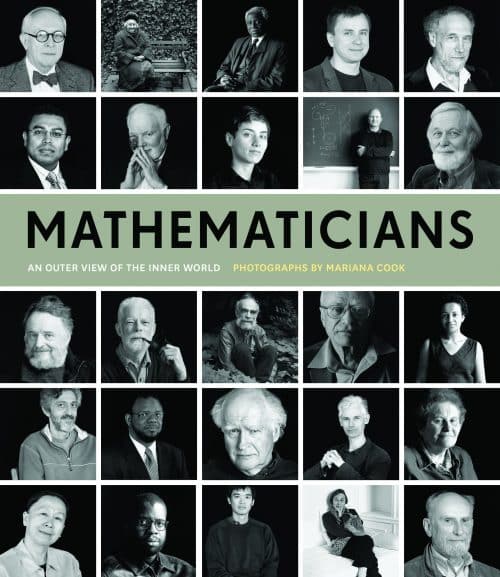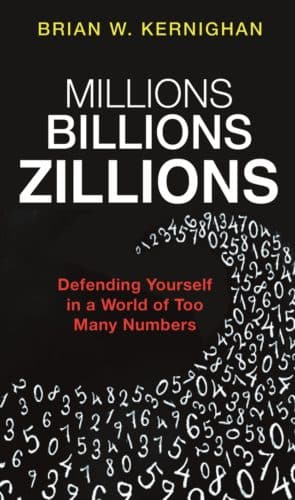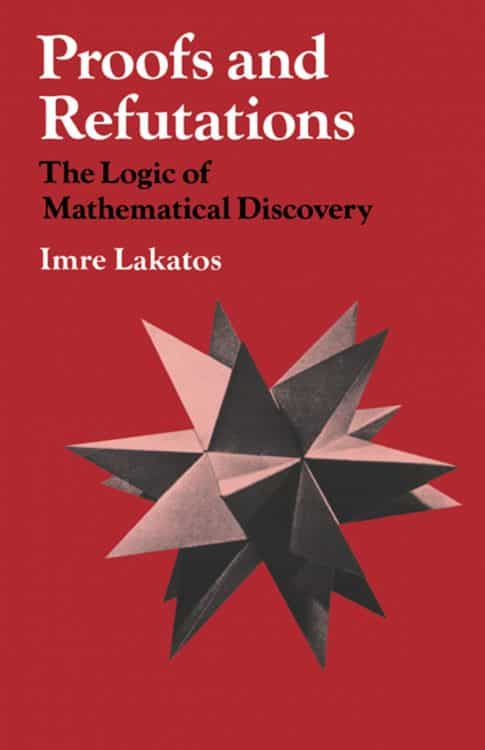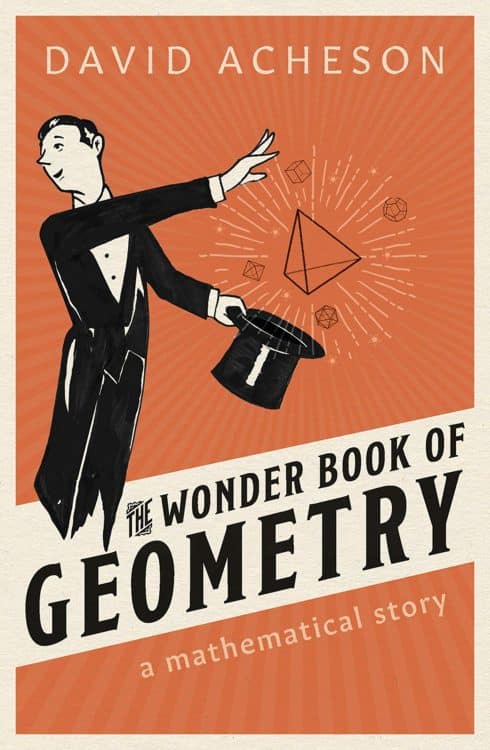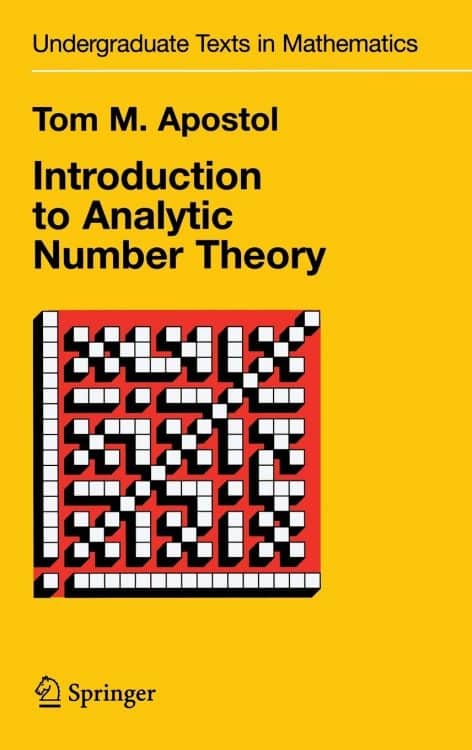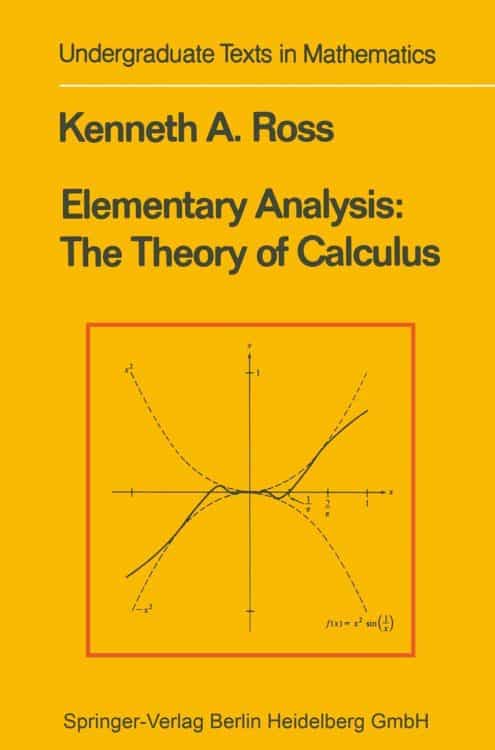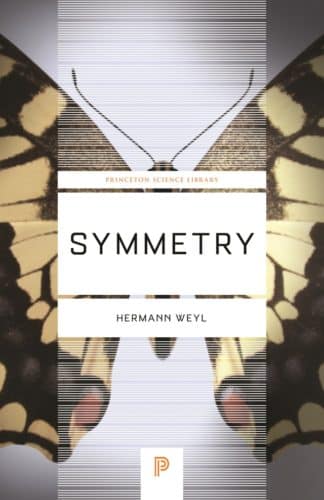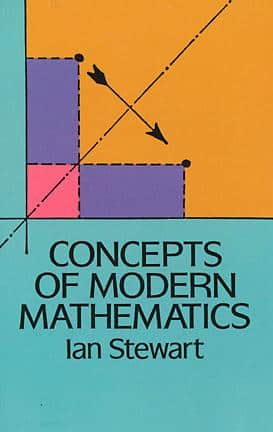This book is meant for those who have studied one-variable calculus (and maybe higher-level courses as well), generally skipping the proofs in favor of learning the techniques and solving problems. Now they are interested in learning to read proofs, and to find and write up their own: perhaps because they will need this for the next steps in their chosen field, or for intellectual satisfaction, or just out of curiosity.
There are two paths to this. Some books start with a great leap forward, giving the definitions in n-space. This requires an excursion into point-set topology, whose proofs are unlike those of the usual calculus courses and are a roadblock to many.
The path chosen by this book is to start like calculus does, in 1-space (i.e., on the line) and focus on the basic definitions and ideas of one-variable calculus: limits, continuity, derivatives, Riemann integrals, and a few more advanced topics. It’s done rigorously, but also in as familiar a way as possible. So from the start it will use as a source of examples what you know (with occasional reminders): K-12 mathematics and basic one-variable calculus, including the log, exp, and trig functions. This takes up about two-thirds of the book, and might be as far as you wish to go. It sounds like just repeating calculus, but students say that it feels very different and is not all that easy.
The rest of the book gets into ideas from advanced calculus used in lower-level courses without proof: uniform convergence, differentiating infinite series term-by-term and integrals containing a parameter (the Laplace transform, for instance). For the latter, it’s finally time to learn about point-set topology in the plane (2-space, but n-space is no harder). There’s also for the curious or needy an optional chapter with the most important facts about point-sets of measure zero on the line and a more powerful integral, the Lebesgue integral. Two appendices respectively provide needed and optional background in elementary logic, and four more give interesting applications and extensions of the book’s theory.


